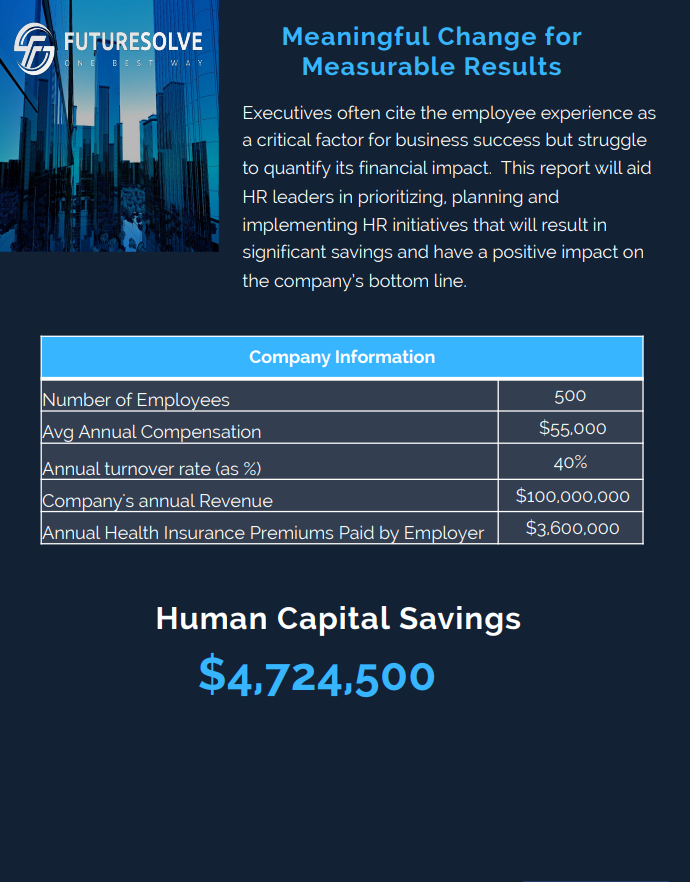In today’s digital age, Human Resource Management Systems (HRMS) have emerged as indispensable tools for streamlining HR processes, enhancing employee experiences, and driving organizational success. From recruitment and onboarding to performance management and payroll, HRMS platforms offer a wide range of features designed to optimize HR operations and empower HR professionals. In this blog, we’ll explore the key features and definitions of HRMS and highlight some of the top options available in the market.
Understanding HRMS: Features and Definitions
1. Core HR Management:
- Employee Database: Centralized repository for storing employee information, including personal details, employment history, and performance records.
- Organizational Charts: Visual representations of the company’s hierarchical structure, showing reporting relationships and employee roles.
- Employee Self-Service (ESS): Empowers employees to access and update their personal information, view pay stubs, and submit leave requests.
2. Recruitment and Applicant Tracking:
- Job Posting and Applicant Sourcing: Enables HR professionals to create and post job vacancies across multiple channels and manage applicant pools.
- Applicant Tracking System (ATS): Facilitates the screening, tracking, and management of job applicants throughout the recruitment process.
- Candidate Experience Management: Focuses on providing a positive experience for job candidates, from application submission to onboarding.
3. Performance Management:
- Goal Setting and Tracking: Allows employees to set performance goals aligned with organizational objectives and track progress over time.
- Performance Appraisals: Streamlines the process of conducting performance reviews, providing feedback, and identifying development opportunities.
- 360-Degree Feedback: Collects feedback from multiple sources, including peers, managers, and subordinates, to provide a holistic view of an employee’s performance.
4. Learning and Development:
- Training Management: Manages training programs, course catalogs, and certifications to support employee skill development and career advancement.
- Learning Management System (LMS): Delivers and tracks online training content, assessments, and certifications for employees.
- Skills Gap Analysis: Identifies gaps between employees’ current skills and competencies and the skills required for their roles or career aspirations.
5. Payroll and Benefits Administration:
- Payroll Processing: Automates the calculation and disbursement of employee salaries, taxes, and deductions in compliance with labor laws and regulations.
- Benefits Enrollment and Management: Facilitates the enrollment, administration, and communication of employee benefits such as healthcare, retirement plans, and insurance.
Top HRMS Options
- Workday: Known for its robust suite of HR and finance solutions, Workday offers features for core HR management, talent acquisition, performance management, and more.
- SAP SuccessFactors: A cloud-based HRMS platform, SuccessFactors provides modules for talent management, learning and development, compensation management, and workforce analytics.
- Oracle HCM Cloud: Oracle’s HCM Cloud offers a comprehensive suite of HR and talent management tools, including modules for HR administration, payroll, talent acquisition, and performance management.
- ADP Workforce Now: Designed for small to mid-sized businesses, ADP Workforce Now offers features for payroll processing, benefits administration, time and attendance tracking, and compliance management.
- BambooHR: Tailored for small and growing businesses, BambooHR offers intuitive HRMS solutions for applicant tracking, onboarding, performance management, and employee self-service.
Conclusion
As organizations navigate the complexities of modern HR management, investing in a robust HRMS platform can significantly streamline processes, enhance employee experiences, and drive organizational success. By understanding the key features and definitions of HRMS and exploring top options available in the market, HR professionals can make informed decisions to meet their organization’s unique needs and objectives. Whether it’s recruitment and onboarding, performance management, or payroll and benefits administration, a comprehensive HRMS solution can empower HR teams to thrive in the digital era and achieve strategic HR goals.





























